A Skin Graft Healthy Skin Replacing Unhealthy Skin
There is a simple and uncomplicated definition of a skin graft to offer to anyone who may need this type of procedure;
* it is healthy skin replacing unhealthy or damaged skin
* the graft is taken from another area of a body (the donor site)
After a skin graft is performed, good skin graft aftercare will be recommended by the medical professionals because it is possible to prevent infections and enjoy healthy skin once the procedure has been completed. There will be some guidelines that a person will need to follow in order to have a good recovery.
Guidelines and Tips
Skin graft aftercare is not complicated with some good guidelines and useful tips in place:
- take the provided care instructions seriously; it will be important to follow through will the all instructions after the procedure. If you are unclear about the discharge instructions, it is a good idea to ask for clear clarification and put them into action and provide yourself with good care
- be prepared to contend with bandages (the dressing); a sanitary bandage will be used after a skin graft is completed. There may be a “bolster” under the bandage. It is padded covering and it is secured to the skin area and the stitches. The bolster is going to hold the entire skin graft in place. Sometimes a vacuum bandage is used. This may be referred to as negative pressure dressing. This type of bandage may be a flexible and thin tube and might be attached to a little machine. The small machine can remove air from underneath the dressing. It tends to reduce any swelling and can speed up the entire recovery process. It is common to change the first bandage after four to seven days after the procedure
- care at home; it is common for people to be advised to rest at their own home for at least a week after the surgery is performed. Be prepared for light bleeding, some bruising, possible swelling and discomfort as the healing process unfolds in the comfort of your home environment
- the actual care of the bandaged graft; it will be important to keep the bandage sterile. Wash hands and try not to touch the bandage itself. Be sure to leave it in place until you are told to change or replace it. You can take a sponge bath rather than get the bandage soaked in water. A healthcare provider will provide useful added instructions about the bandage and bathing options. Inquire about the proper protocol for keeping your bandage in good shape for bathing.
Find out what you should do if it happens to get wet so you are fully prepared. Be sure to find methods to keep the damaged area clean and sanitary. It will be important to avoid allowing sweat and dirt to get into the covered area. Call your healthcare provider if the bandage becomes damaged or dirty or if the tube on a vacuum bandage comes off. Be sure to raise and elevate the entire graft site. Go above the level of your heart because it will reduce the swelling. It will be important to remain still as the graft site heals. Try to avoid much of your usual movement and give the site area a chance to rest and heal.
Stretching and movement
Every day you will be able to slightly increase your activity level as your wound heals. Ask your healthcare professional for a list of light stretches and movements that can be done at home to benefit your health. If you are taking prescription medication, do not drive. Rely on others to help with household chores. Find out when you are allowed to go back to work and follow all instructions given by the healthcare professional in charge of your care and expect a smooth recovery process.

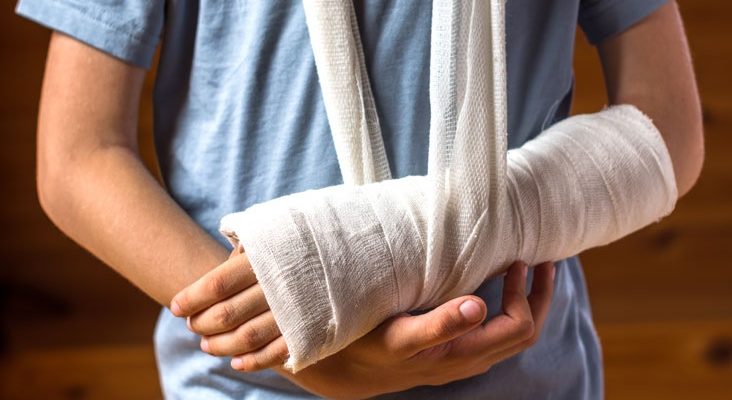
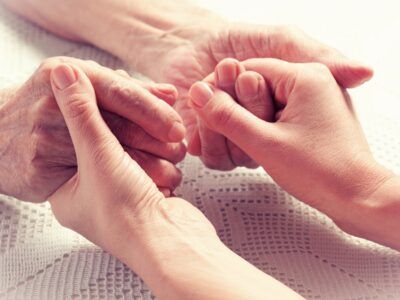


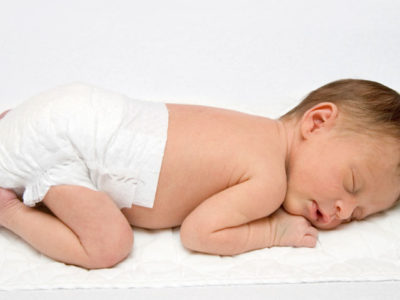
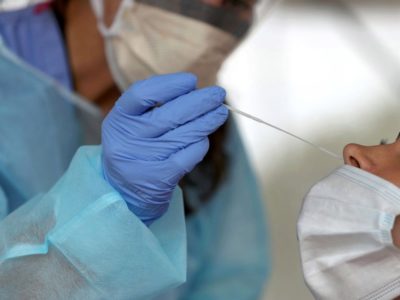
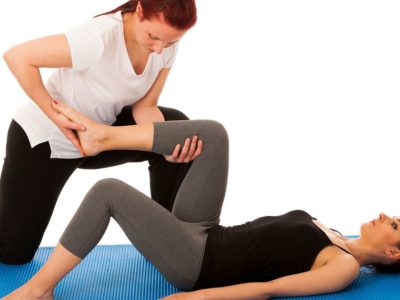





Comments